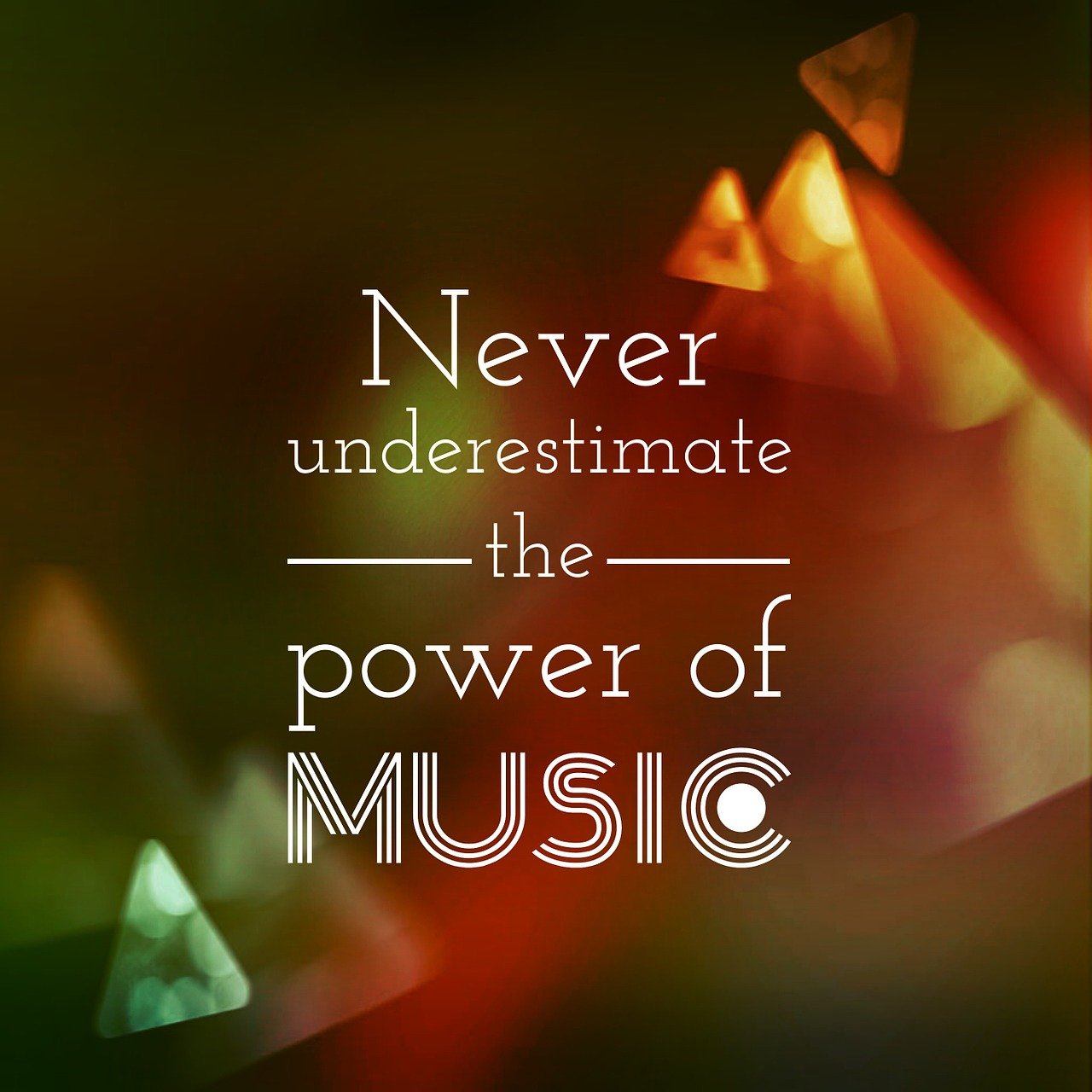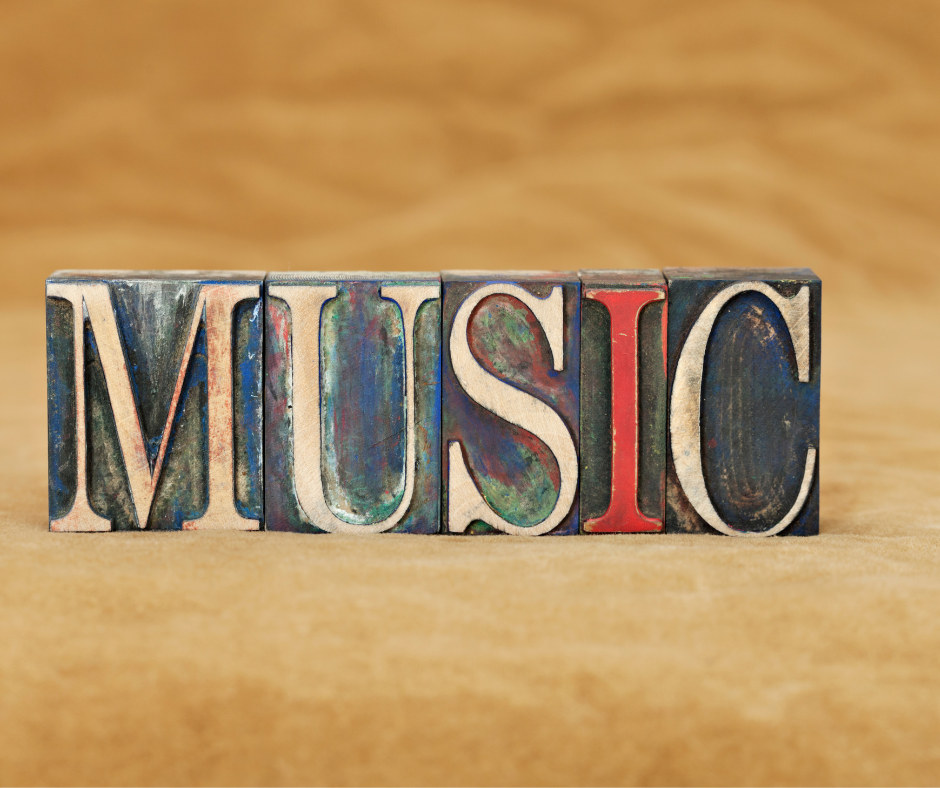Music is a universal language, evolving and adapting with time, culture, and technology. From the rhythmic beats of ancient tribal drums to the synthesized sounds of modern electronic music, the journey of music genres is a fascinating tale of innovation, cultural exchange, and creative experimentation. This blog post explores the evolution of music genres and how different styles influence and shape each other, leading to the diverse soundscape we enjoy today.

The Origins: Roots of Musical Diversity
The story of music genres begins with the earliest forms of human expression. Tribal music, with its primal rhythms and chants, was used in rituals, ceremonies, and storytelling. As societies developed, so did their musical expressions. The Middle Ages gave birth to Gregorian chants in Europe, while the Middle East saw the flourishing of complex maqam systems. These early forms laid the foundation for many of the genres we know today.
Cross-Cultural Influences: The Melting Pot of Music
As civilizations began to interact through trade, exploration, and conquest, so did their musical traditions. The Silk Road, for example, was not just a trade route for goods but also a conduit for cultural exchange. Eastern instruments and scales began to influence Western music and vice versa. The cross-pollination of musical ideas led to the emergence of new genres, such as the blending of African rhythms with European melodies, which gave birth to jazz and blues in America.
The Birth of New Genres: Innovation and Experimentation
The 20th century marked a period of rapid innovation in music. The invention of recording technology and radio allowed music to be shared widely, breaking down geographic barriers. Jazz, born in the early 1900s, quickly spread from New Orleans to the world, influencing genres like swing, bebop, and even rock and roll.
Rock and roll, in turn, became a melting pot of genres. It drew from blues, country, and rhythm and blues, creating a new sound that defined a generation. The 1960s and 70s saw the rise of rock subgenres like punk, metal, and progressive rock, each influencing and reacting to the others.
The Modern Era: Genre Blending and Hybridization
Today, we live in an era where genres are more fluid than ever. The digital age has made it easier for artists to experiment with different styles, leading to the creation of hybrid genres. For example, hip-hop, which originated in the Bronx in the 1970s, has evolved to incorporate elements of jazz, rock, electronic music, and even classical music.
Genres like pop, which once had a distinct sound, now borrow elements from various styles, from reggaeton to EDM. The result is a music landscape where genre lines are increasingly blurred, giving rise to unique and innovative sounds.
The Future of Music Genres: Where Are We Heading?
As technology continues to advance, so too will the evolution of music genres. AI and machine learning are already being used to create new sounds and compositions, pushing the boundaries of what is possible. Virtual reality concerts and AI-generated music are just a glimpse of the future.
However, one thing remains constant: music will always be a reflection of the times. As society changes, so will the music that accompanies it. Genres will continue to evolve, influence each other, and create new forms of expression that resonate with audiences worldwide.
Conclusion
The evolution of music genres is a testament to the creativity and adaptability of human expression. Each genre, born from a specific time and place, contributes to the rich tapestry of music we enjoy today. As we look to the future, we can expect even more exciting developments in the world of music, where the only limit is the imagination.





